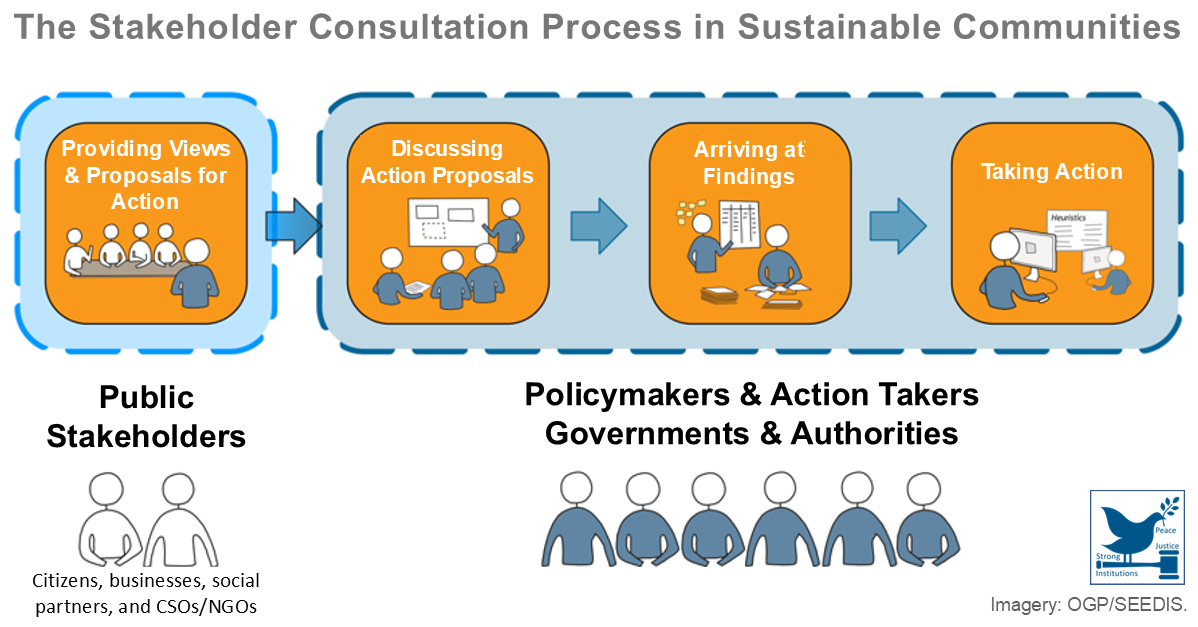Lessees are required to recognize most leases on their balance sheets as lease liabilities with corresponding right-of-use assets under both ASC 842 and IFRS 16. The standards call for lessees to identify and separately account for lease and non-lease components in such arrangements. A lessee can then elect by class of underlying asset to account for a lease component as a single lease component.
Except for short-term leases of less than one year, lessees must recognize a right-of-use asset and a lease liability on their balance sheet for all lease arrangements upon lease commencement under both ASC 842 and IFRS 16. The ROU asset is initially recognized at the amount of the lease liability plus any initial direct costs incurred by the lessee, where the lease liability equals the present value of the lease payments to be made over the lease term. Adjustments may also be required for lease incentives, payments at or prior to commencement and restoration obligations or similar.
| Lessee Recognition of a ROU Asset | ||||
|---|---|---|---|---|
| Date | Right-of-Use Asset | xxxx | ||
| Liability for ROU Asset | xxxx | |||
| To record the ROU asset at inception | ||||
Two key differences in the application of the US GAAP and IFRS lease account standards by lessees are:
- Under ASC 842 there is no recognition exemption for leases based on the leased asset’s value, while under IFRS lessees may elect on a lease-by-lease basis not to recognize leases when the value of the underlying asset is low; and
- All leases of intangible assets are excluded from the scope of ASC 842, whereas IFRS 16 applies to leases of certain intangible assets.
Lessors classify the right-of-use assets of lessees either as operating leases or finance leases, depending on whether they transfer substantially all the risks and rewards incidental to ownership of the underlying assets.


Leave A Comment
You must be logged in to post a comment.